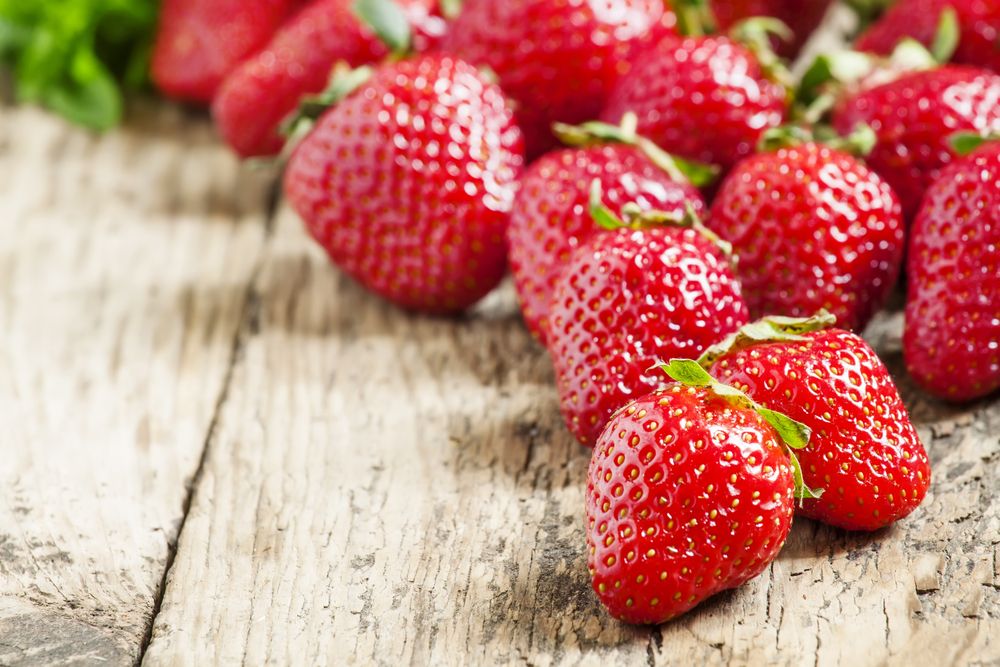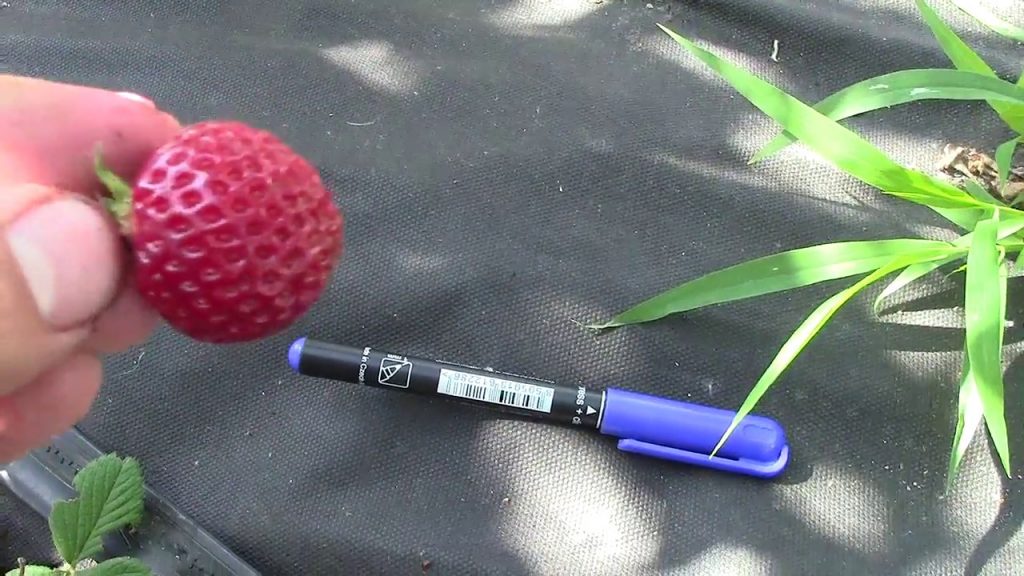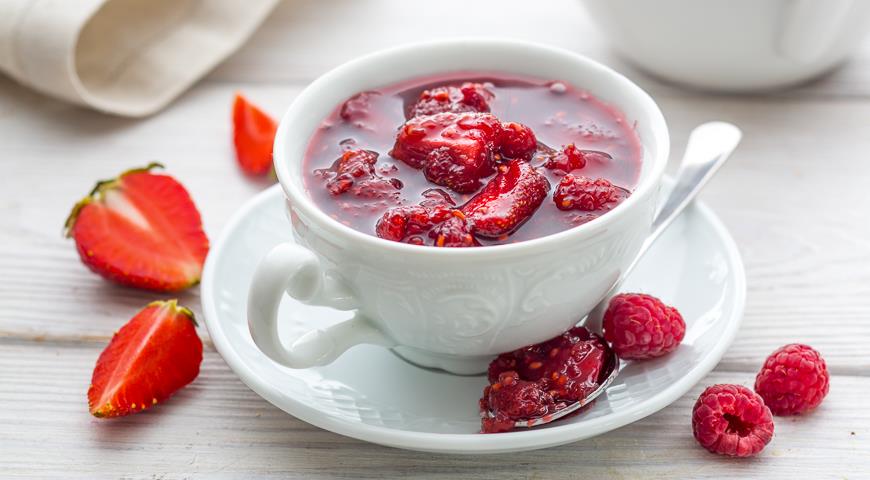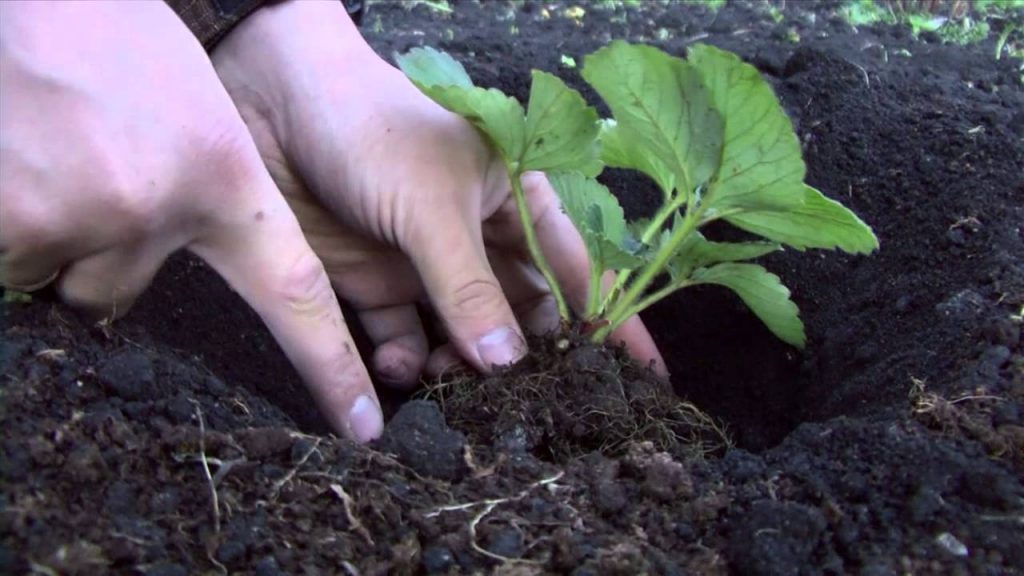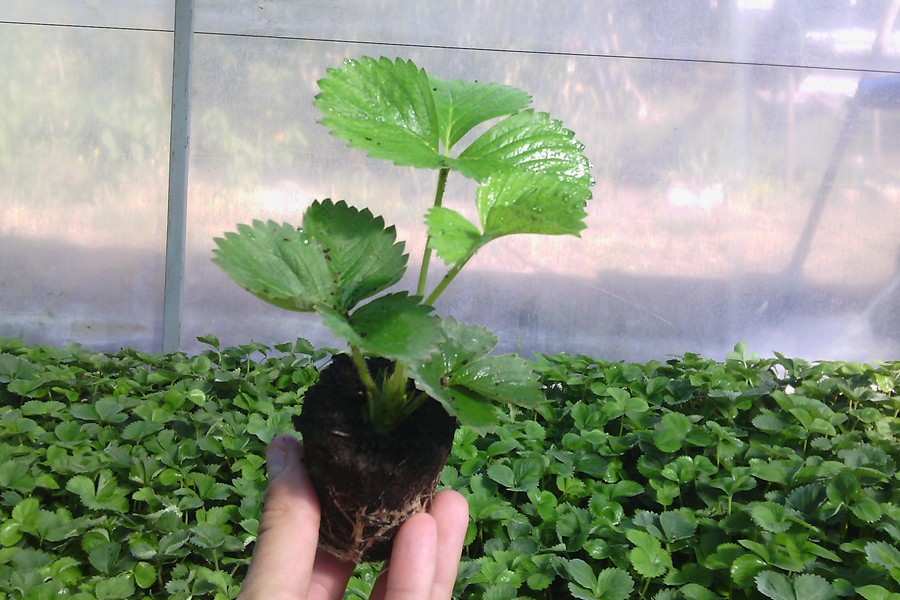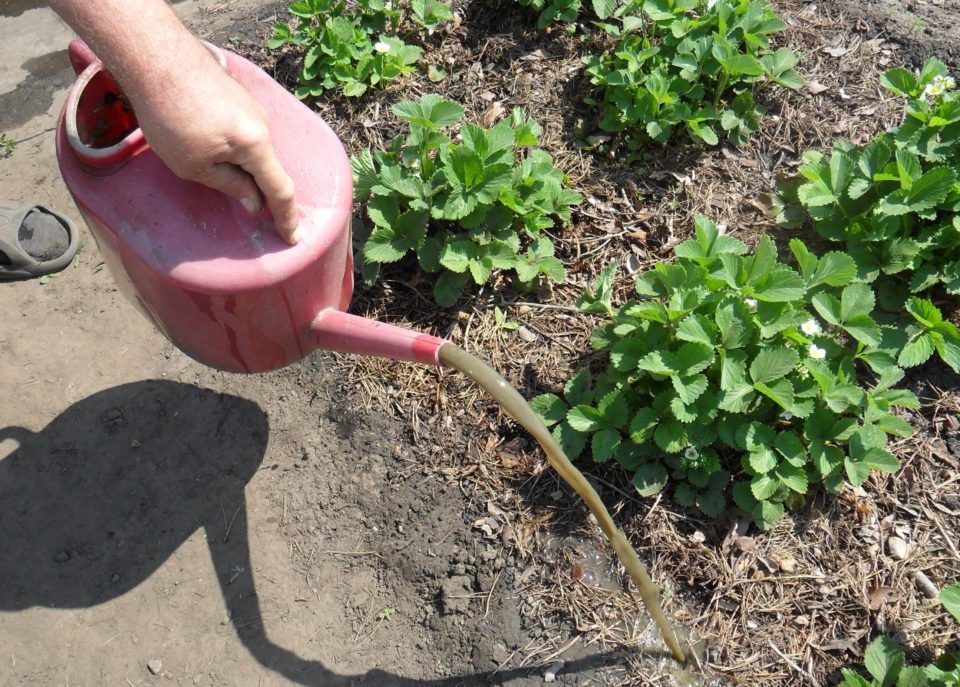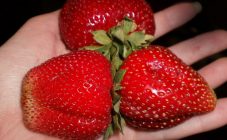Content:
It is rare to meet a person who does not like fragrant strawberries, especially for children. There are many different varieties of this beautiful berry, and it is difficult for gardeners to opt for just one. Strawberry Marshmallows deserve special attention, which can please with a tasty harvest very early, since it is characterized by a very early ripening period.
About the origin of the variety
The strawberry variety Zephyr is widespread in Europe, but rarely found in Russia. It is generally accepted that the species first appeared in Denmark. Then it became widespread in Norway, from which it can be concluded that the plant is easily adaptable to harsh climatic conditions. When breeding a plant, breeders have worked for a long time to form positive qualities. They managed to achieve great success in the resistance of the variety to many parasites.
Growing is possible both for personal consumption and for commercial purposes. In addition, it is possible to grow the variety in the open field or in a greenhouse.
Fruiting can be expected in the first season after planting. When grown in an open bed, berries are harvested at the end of May, and in the case of greenhouse cultivation, 2 weeks earlier.
Characteristics and features of the variety
Strawberry Marshmallow is a very early ripening variety. It is characterized by the following features:
- compact bush;
- foliage is slightly corrugated, lowered downwards and located on even long stems;
- stalks are strong, directed upwards, do not bend under the mass of berries;
- each peduncle can form about 20 buds;
- reproduction of the plant occurs thanks to the mustache, with which the bush is provided in sufficient quantities.
Of the greatest interest in describing the strawberry variety Zephyr are, of course, berries, which are large in size, dark red in color and glossy surface. The shape of the fruit is conical, ribbed without internal voids. Almost all ripening berries have the same size and weight in the range of 40-60 g. The stems of the bush do not bend under the weight of the berries, so the fruits do not lie on the ground, as often happens with other varieties of strawberries.
Now about the taste of strawberry Marshmallow. The pulp is very tender, rich, sweet and at the same time tender. The aroma is very pleasant. Fruit ripening occurs almost simultaneously.
It can be consumed both fresh and frozen, in which the berries do not lose their shape, and also retain all the accumulated useful components.
The Zephyr variety is distinguished by high frost resistance, since it can withstand a drop in air temperature to -35 ° C, but only if there is a sufficient amount of snow on the surface of the earth.
Also, this species is famous for its resistance to many diseases and pests. But you should not neglect the preventive treatments and spraying.
Growing features
To grow a variety of garden strawberries Zephyr on your site, you should know the features of growing, planting, care, and also how to propagate the bush with your own hands.
Breeding methods of the variety
Strawberry variety Marshmallow can be propagated in 3 ways:
- seeds;
- dividing the bush;
- mustache.
It is not worth propagating strawberries with seeds, since the process requires colossal labor costs, and the result is a weak plant that rarely retains varietal characteristics.
The method of dividing the bush is suitable for well-growing and fruiting strawberries. An adult bush is carefully dug up and divided into seedlings. The middle of spring is suitable for this process. It is important to remove the flower stalks formed in the future, since they prevent the plant from developing and gaining strength.
Conditions for planting a plant
For strawberries to feel comfortable, the place must have the following characteristics: good illumination, protection from winds, neutral soil acidity.
To plant a plant in spring, the following preparatory stages will be required:
- In the fall, you need to dig up the selected area and add humus, following the proportion: 10 kg of fertilizer per 1 m².
- It is important to follow the characteristics of the soil, which should have good air and moisture permeability. To improve the soil, it is worth adding peat or coarse sand. To increase its nutritional value, complex mineral fertilizers are applied.
- With the onset of spring, you need to loosen the soil composition of the site well and shed the soil with a manganese-based solution to protect the plant from diseases and pests.
- Then you can start forming the beds and holes. The depth of each hole should be about 25 cm, the spacing between plants is at least 45 cm, and between rows - 60 cm.
Planting strawberries Marshmallows on a prepared area also requires compliance with many subtleties and recommendations:
- The plant must be placed in the hole, carefully spreading the root system. Fill the free space with soil and compact it quite a bit.
- After planting the last bush, water the strawberry beds abundantly with water, and then mulch using sawdust or peat.
- Cloudy days should be selected for planting.
Necessary care
In order for the variety of garden strawberries Zephyr to fully develop and delight with a bountiful harvest, you will need to ensure proper care, which consists in the following:
- Regular watering is very important, but no more than 1 time per week, even on the driest days. After the process of bud and ovary formation begins, you need to increase the frequency of watering.
- Top dressing should also be carried out in a timely manner, since during the fruiting period, strawberries absorb the entire supply of nutrients from the soil. It is enough to fertilize the plant 2 times a month with ammonium nitrate, potassium salt or superphosphate.
- To avoid weeding and loosening, it is worth mulching the soil around the bushes using straw or hay.
- As a preventive measure, in the spring, spray the garden with a solution based on copper sulfate, which will protect not only from diseases, but also from some pests.
Advantages and disadvantages of the variety
The Zephyr variety has a lot of advantages:
- resistance to drought and heat;
- frost resistance;
- good transportability, despite the juiciness;
- versatility, allowing the use of berries for a wide variety of purposes: making fruit drinks, preserves, desserts, and fresh with the addition of cream - this is something incredible;
- fruiting in the first year after planting.
But besides the advantages, it is worth noting the disadvantages of the variety:
- the taste characteristics of berries are somewhat inferior to other varieties;
- abundant mustache formation;
- the need to organize additional pollination.
The marshmallow strawberry variety perfectly adapts in any conditions, which makes it more popular. In addition, it is not particularly demanding in care and can be easily grown even by a novice gardener.
